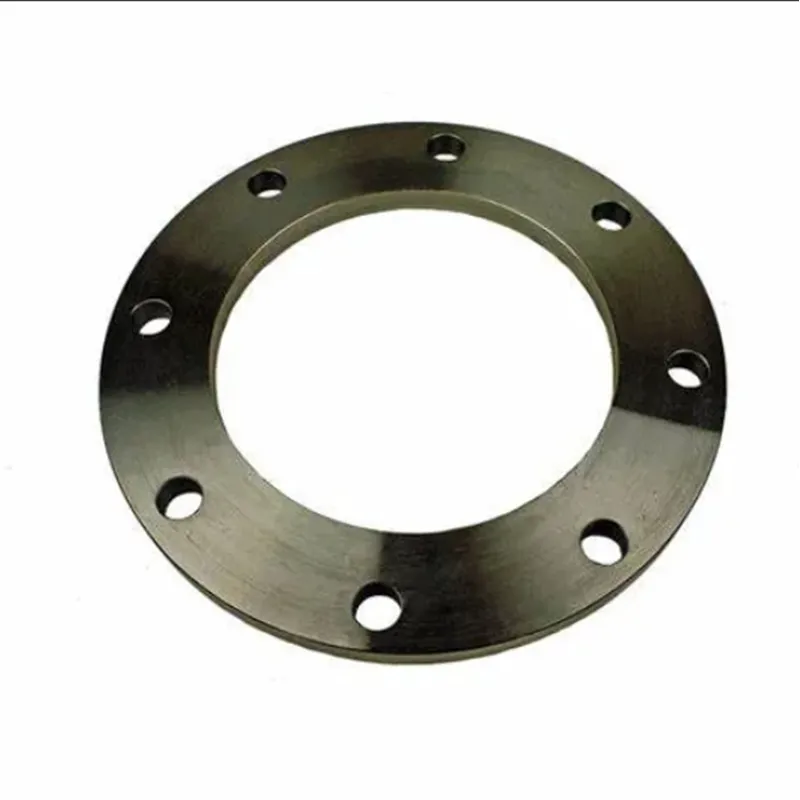-
Cangzhou Yulong Steel Co., Ltd.
-
Phone:
+86 13303177267 -
Email:
admin@ylsteelfittings.com
- English
- Arabic
- Italian
- Spanish
- Portuguese
- German
- kazakh
- Persian
- Greek
- French
- Russian
- Polish
- Thai
- Indonesian
- Vietnamese
- Zulu
- Korean
- Uzbek
- Hindi
- Serbian
- Malay
- Ukrainian
- Gujarati
- Haitian Creole
- hausa
- hawaiian
- Hebrew
- Miao
- Hungarian
- Icelandic
- igbo
- irish
- Japanese
- Javanese
- Kannada
- Khmer
- Rwandese
- Afrikaans
- Albanian
- Amharic
- Armenian
- Azerbaijani
- Basque
- Belarusian
- Bengali
- Bosnian
- Bulgarian
- Catalan
- Cebuano
- China
- China (Taiwan)
- Corsican
- Croatian
- Czech
- Danish
- Esperanto
- Estonian
- Finnish
- Frisian
- Galician
- Georgian
- Kurdish
- Kyrgyz
- Lao
- Latin
- Latvian
- Lithuanian
- Luxembourgish
- Macedonian
- Malgashi
- Malayalam
- Maltese
- Maori
- Marathi
- Mongolian
- Myanmar
- Nepali
- Norwegian
- Norwegian
- Occitan
- Pashto
- Dutch
- Punjabi
- Romanian
- Samoan
- Scottish Gaelic
- Sesotho
- Shona
- Sindhi
- Sinhala
- Slovak
- Slovenian
- Somali
- Sundanese
- Swahili
- Swedish
- Tagalog
- Tajik
- Tamil
- Tatar
- Telugu
- Turkish
- Turkmen
- Urdu
- Uighur
- Welsh
- Bantu
- Yiddish
- Yoruba

Nov . 15, 2024 11:04 Back to list
stainless weld fittings
Stainless Steel Weld Fittings The Cornerstone of Modern Piping Systems
In the world of industrial piping systems, the materials and components used play a crucial role in determining the efficiency, durability, and safety of operations. Among these components, stainless steel weld fittings are becoming increasingly popular due to their numerous advantages. This article explores the characteristics, applications, and benefits of stainless steel weld fittings in modern engineering and construction.
Stainless steel is an alloy that primarily consists of iron, carbon, and a minimum of 10.5% chromium. This composition imparts remarkable resistance to corrosion, rust, and oxidation, making stainless steel the preferred choice for applications in harsh environments. Weld fittings, which come in various shapes and sizes—including elbows, tees, reducers, and caps—are essential for connecting pipes, allowing for changes in direction or diameter, and ensuring a secure and leak-free system.
Stainless Steel Weld Fittings The Cornerstone of Modern Piping Systems
The versatility of stainless steel weld fittings is another reason for their popularity. They can be used across a wide array of industries, including construction, chemical processing, water treatment, and even in residential plumbing. In the food and beverage industry, for instance, these fittings are crucial as they comply with stringent hygiene standards, ensuring that the materials utilized do not contaminate the products being processed.
stainless weld fittings

Moreover, stainless steel weld fittings are environmentally friendly. The longevity of stainless steel reduces the need for frequent replacements, lowering material usage over time. When these fittings reach the end of their life cycle, they are fully recyclable, minimizing waste and supporting sustainability efforts.
Consideration of the cost is also essential when investing in piping systems. While the initial expense for stainless steel weld fittings may be higher than that of other materials, the long-term benefits often outweigh the upfront costs. Reduced maintenance needs, longer service life, and enhanced efficiency through minimal leakage contribute to overall cost savings, making them a worthwhile investment over time.
When it comes to installation, stainless steel weld fittings require skilled labor to ensure proper welding techniques are applied. This helps to prevent defects that could compromise the integrity of the piping system. Proper maintenance, including regular inspections to check for any signs of wear or corrosion, is essential to ensure that the system operates efficiently.
In conclusion, stainless steel weld fittings are integral to modern piping systems, providing reliability, strength, and versatility across multiple industries. Their resistance to corrosion and high-temperature capabilities, coupled with sustainability benefits, make them an excellent choice for engineers and project managers seeking durable solutions. As technology evolves and industries demand more robust and efficient systems, the significance of stainless steel weld fittings will undoubtedly continue to grow, solidifying their place as the cornerstone of effective piping solutions.
Latest news
-
ANSI 150P SS304 SO FLANGE
NewsFeb.14,2025
-
ASTM A333GR6 STEEL PIPE
NewsJan.20,2025
-
ANSI B16.5 WELDING NECK FLANGE
NewsJan.15,2026
-
ANSI B16.5 SLIP-ON FLANGE
NewsApr.19,2024
-
SABS 1123 FLANGE
NewsJan.15,2025
-
DIN86044 PLATE FLANGE
NewsApr.19,2024
-
DIN2527 BLIND FLANGE
NewsApr.12,2024
-
JIS B2311 Butt-Welding Fittings LR/SR 45°/90° /180°Seamless/Weld
NewsApr.23,2024











